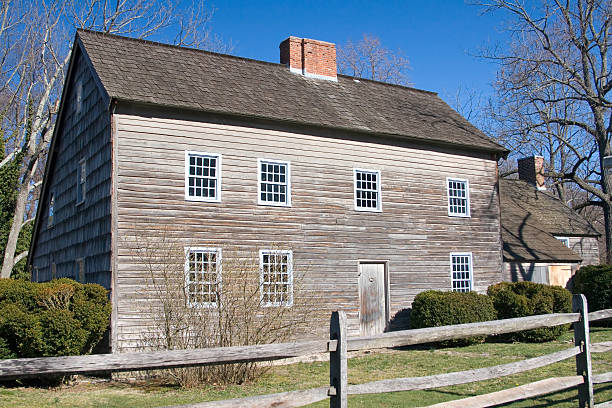
Anytime is a good time to purchase a fixer-upper, especially if the house is significantly less expensive than similar properties nearby.
Although investing in a home that needs work can be a terrific option, there are a few things to consider beforehand. Fixer-upper prices differ from those of other residential properties in that they are less sensitive to the state of the local real estate market, be it hot, cold, or neutral.
Since a fixer-upper may require a variety of additional demands, you should first assess the location and the number of repairs before estimating your budget. That is a fantastic way to guarantee a return on your investment.
Here are guides on how to know to make the right pick for you.
Buying a Fixer-Upper in a Good Location
The location is one of the most important considerations when purchasing a fixer-upper home. A desirable location raises the home’s value and makes it simpler to sell when the time comes. To overcome such obstacles, look at the nearby houses and how well they are maintained, or ask a local real estate agent to show you fixer-uppers in desirable communities with top-notch schools and a thriving market. That will make it easier for you to comprehend what you are purchasing and decide whether the next renovations are worthwhile.
Review the Home’s Layout
Think about how the home is set up. A three-bedroom house with multiple bathrooms is the greatest kind of fixer-upper to purchase since it will appeal to the largest audience of purchasers.
A two-bedroom home may be financially successful, particularly if it is the predominant size of residences in the area, but a three-bedroom home is superior. A four-bedroom house is the best option if three bedrooms are better. Buyers of three-bedroom homes frequently upgrade to four-bedroom residences.
What Repairs to Do First
Fixer-uppers are excellent places to start because they require significant upgrades like new plumbing, hardwood floors, or a new roof. Depending on the market where you buy, additional repairs may be taken into account. Whether you plan to do it yourself or hire a professional, it primarily relies on the equipment you already have.
With an easily accessible toolset that includes tools that will always be useful, like a screwdriver, a jigsaw, a sturdy drill, and a hammer, little upgrades like replacing fixtures and flooring, as well as cosmetic additions, can be DIY. You can employ a professional’s services for larger jobs. Your agent can assist in making recommendations for well-regarded local experts so you can request quotations. You can use the website to uncover discounts and special offers to stay within your budget.
Deciding Whether to Sell or Keep
Some homebuyers choose to buy or sell fixer-uppers. Deciding whether to stay or sell a house after investing love and attention into renovations can be challenging. Consider staying in the house if it is yours and meets your immediate needs, especially if the remodeling you did was more in line with your taste and the market is expanding at a healthy clip. After a few years, you might even make a higher profit.
Consider selling the house to maximize your profit if it has been updated, is in a healthy market, and is just about to become saturated. Promote the house’s best qualities in this situation, such as actual hardwood floors or mature trees on the lot, which newer homes might not have.
Keep your budget in mind as you consider a home’s potential by looking past obsolete superficial aspects.
Fixer-uppers are a fantastic place to start looking for first-time homebuyers and those with limited funds. If you look and have the assistance of the right agent, there are still many fantastic opportunities to buy a fixer-upper.
